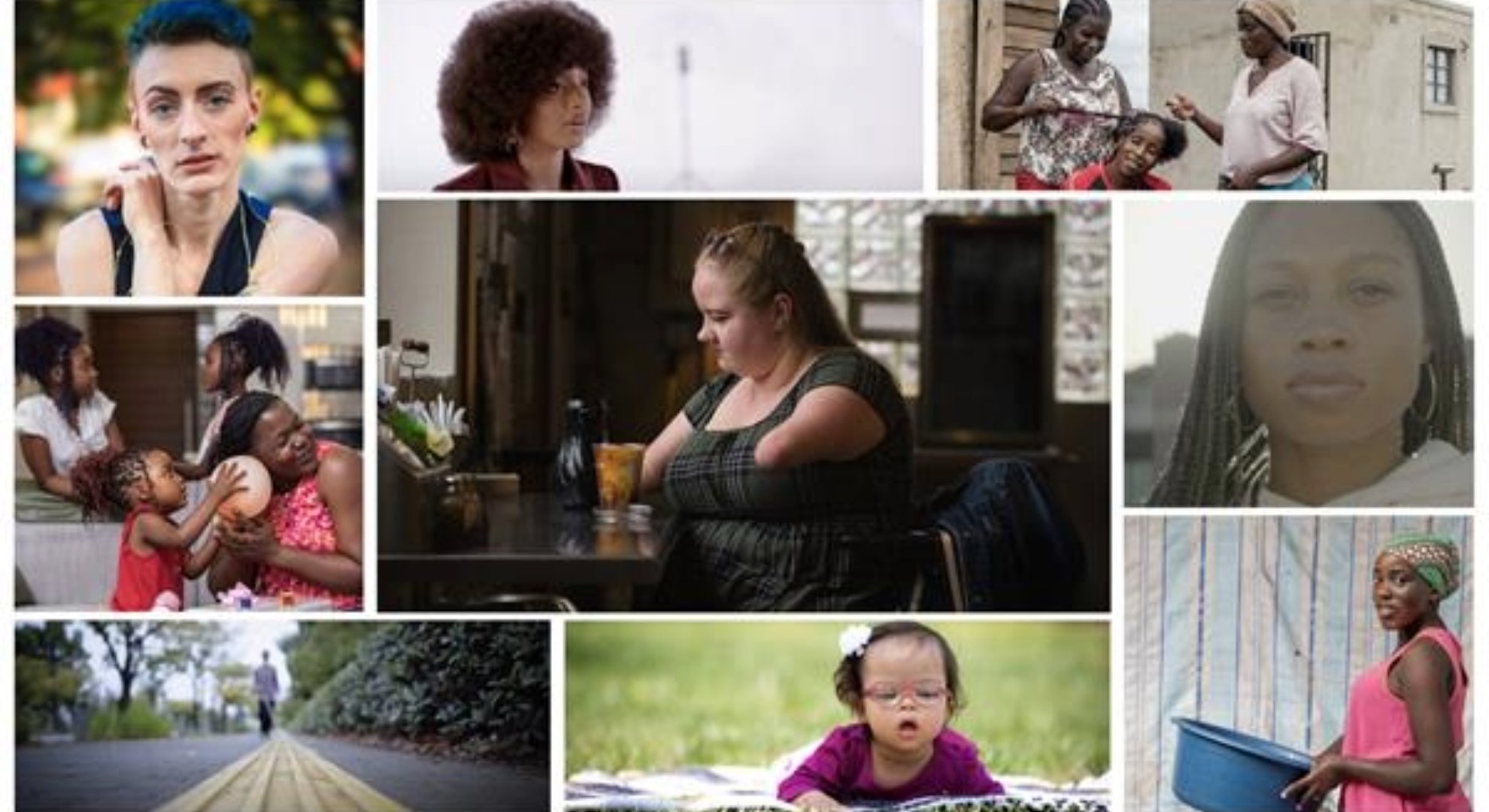
People with disabilities are among the strongest and most inspiring individuals I have ever met. Sadly, the media often shows them only in hospitals or clinics, and because of this, society tends to label them as “disabled.” But the truth is, they can shine just as brightly, especially when it comes to disability representation in the workplace. I’ve seen it myself. Some lead teams, manage businesses, and break barriers daily.
Once again, Getty Images steps up with a powerful initiative. This time, they’re helping to improve how we see disability in the workplace. They’ve awarded three talented storytellers $20,000 each. These creators challenge outdated stereotypes and show the world what real inclusion looks like.
[Related Reading: Getty Images Offers $20,000 Grant to Photographers Showcasing Professionals with Disability]
Previously, I wrote about Getty’s work with Ancestry to preserve historical records. Getty always seems to back meaningful projects. Now, they’ve teamed up with the National Disability Leadership Alliance (NDLA). Together, they support creators who showcase people with disabilities as leaders, innovators, and changemakers.
Why Disability Representation at Work Matters?
Getty’s VisualGPS research shows that nearly 75% of disability-related images are still taken in medical settings. That’s shocking. We often forget that people with disabilities are just like us. I’ve personally seen many around me being underestimated.
Last year, I worked with a welfare organization. It broke my heart to see how poorly some higher-ups treated people with disabilities. Constant criticism crushed their confidence. Maybe that’s why this Getty initiative hits home for me. Instead of showing wheelchairs in clinics, Getty encourages creators to share real stories in everyday settings. That includes the workplace and other places where disabled people live, work, and lead. It’s a much-needed shift in how we view disability representation in the workplace.
Dr. Rebecca Swift, Senior Vice President of Creative at Getty Images, says,
“We’re honored to elevate these visionary creators who are transforming the visual language around disability. Through their work, they are not just capturing images – they’re building a world where everyone can see themselves visualised.”
[Related Reading: Getty Museum opens up nearly 88,000 art images for free use]
1st Place: Elizabeth Rajchart
Elizabeth Rajchart is a photographer and advocate for people with disabilities. She has taken the lead with her project “Scene Change: Disability in Media.” Moreover, this initiative highlights disabled professionals through inclusive fashion, performance, and leadership. People think that representation lacks diversity or depth. Rajchart changed this perspective on 360°.
I don’t find her photos common. Her collection challenges the stereotypes we see every day. She seems to convince the media to improve its portrayal of disabled people.

2nd Place: Nasreen Alkhateeb
Next, we have Nasreen Alkhateeb. She is an award-winning cinematographer from Los Angeles. Her work can be seen in Kamala Harris’s Vice Presidential campaign, or some great Netflix or NASA projects. Now, she’s on a new path with her latest project. Her new initiative is “Reframing Us.”
Furthermore, it seeks to create a visual archive that features deep storytelling inspired by real-life experiences and diverse identities. I like her idea of what leadership looks like when disability is the primary focus.

3rd Place: Charmaine Chitate
Charmaine Chitate is a photographer and communication specialist from Zimbabwe. Her project, “unaltered.unfiltered,” focuses on the real-life work experiences of disabled professionals in her country.
Moreover, she highlights how often disability inclusion is ignored in workplaces. Additionally, her work clearly shows what inclusion and exclusion look like. She reshapes how disability is shown in her community and beyond.

The Judges
Judges were from the creative industry and disability advocacy. The panel had notable names like Maria Town, who is the President and CEO of the AAPD, Samantha Tokita, a former Getty grant recipient, and Fred Moltz, the Chief Accessibility Officer at Verizon.
Final Thoughts
If you work in media, HR, or marketing, please review the images you use. Are they inclusive?
I believe these projects break away from the overly polished, unrealistic workplace photos we’re used to. They feel honest. They reflect real people and real stories. Getty and NDLA are creating space for professionals with disabilities to be seen, heard, and respected.
In my opinion, this change has been long overdue.
[via GlobeNewswire; Image credits: Getty Images]

